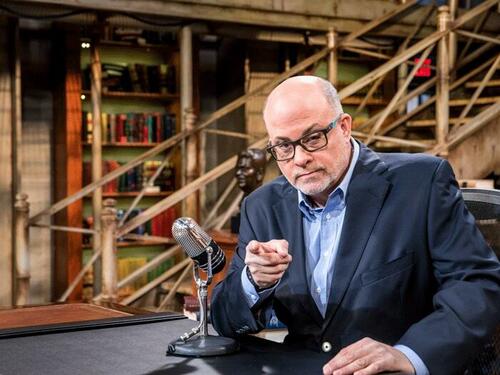China’s $3 Trillion Service Sector Expansion: A Game Changer for Global Economy
Tháng 4 17, 2025Building Permits US and Jobless Claims Impact on USD and JPY
Tháng 4 17, 2025JD Vance’s Diplomatic Role in Shaping U.S. Iran Policy
Recent discussions surrounding JD Vance’s evolving approach to Iran policy reveal a significant shift within the Trump administration towards a more diplomatic stance. As Vice President in a potential second Trump administration, Vance is emerging as a pivotal figure advocating for negotiations rather than military confrontation with Iran. This perspective places him alongside key figures like Director of National Intelligence Tulsi Gabbard, both of whom argue for diplomatic concessions to prevent further escalation of conflicts.
Internal Division: Compromise vs. Confrontation
The Trump administration is currently grappling with internal divisions that highlight the differing philosophies on Iran policy. While Vance and Special Envoy Steve Witkoff are proponents of diplomatic engagement, others in the administration, including Secretary of State Marco Rubio and National Security Advisor Mike Waltz, are staunch supporters of a maximalist strategy towards Iran. This ideological divide is not only crucial for shaping U.S.-Iran relations but also indicative of the broader strategic outlook of the Trump administration regarding foreign policy.
As talks ensue between the U.S. and Iran in Oman, Vance’s diplomatic approach is more relevant than ever. The negotiations have shifted to focus on key issues, including the capping of Iran’s nuclear enrichment capabilities and establishing rigorous verification mechanisms. These discussions are not only imperative for regional stability but also for the global perception of U.S. foreign policy, particularly after years of tumultuous relations with Iran.
External Pressures and Regional Dynamics
Adding another layer of complexity to these negotiations are external pressures, particularly from Israel. Prime Minister Benjamin Netanyahu has publicly advocated for a dismantling of Iran’s nuclear program that mirrors the Libya model, which contrasts starkly with the more conciliatory tactics endorsed by Vance and Witkoff. Netanyahu’s stance underscores the strategic concerns that Israel has regarding Iran’s nuclear ambitions, igniting a passion for a tougher approach. This dissonance raises pivotal questions about the U.S. stance and its implications for the longstanding U.S.-Israel relationship.
In navigating these multifaceted challenges, JD Vance’s role extends beyond mere support for diplomatic engagement; it embodies a potential redefinition of U.S. strategy towards Iran. By fostering communication and compromise, Vance could significantly influence not just U.S. diplomacy but also promote stability in a volatile region marked by conflict and uncertainty.
As negotiations progress and further dialogues are expected, attention will surely focus on how Vance’s diplomatic approach plays out against the backdrop of internal administration disagreements and external geopolitical pressures. This critical juncture in U.S.-Iran relations will test the limits of compromise and the efficacy of diplomacy in a landscape often dominated by hardline stances and military rhetoric. Thus, the outcomes of these talks will likely shape not only Iran’s geopolitical landscape but also redefine America’s role on the world stage.

